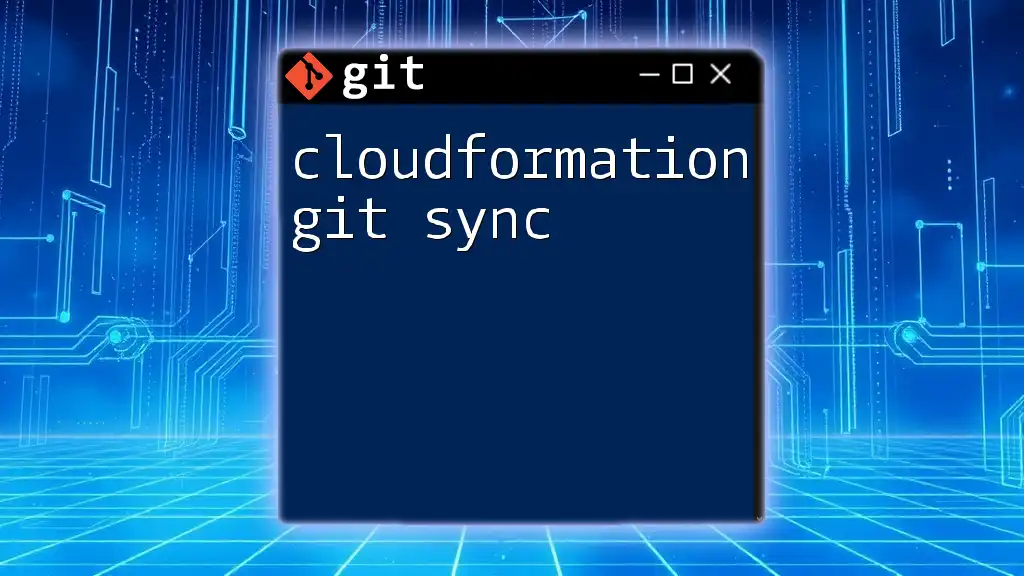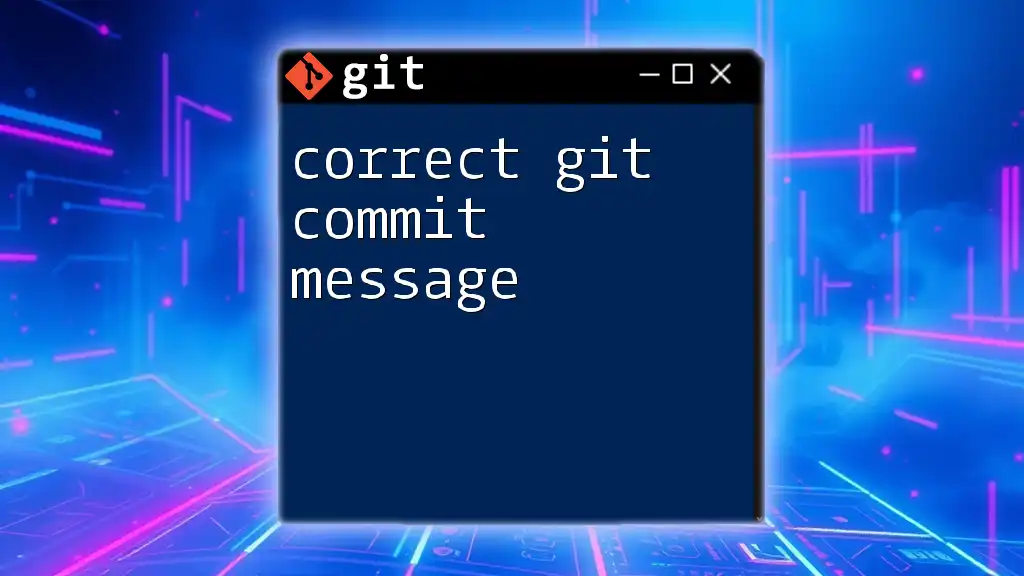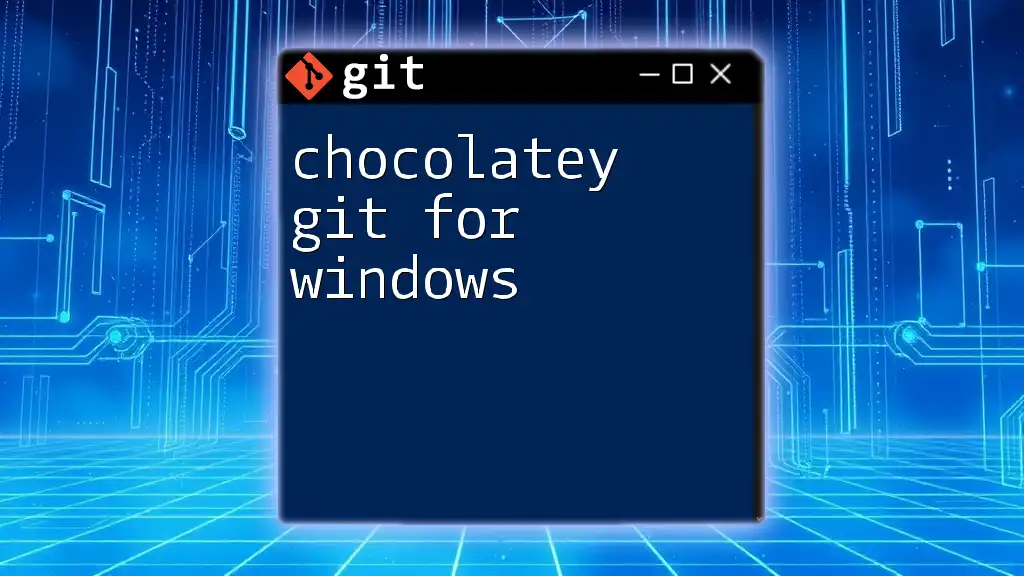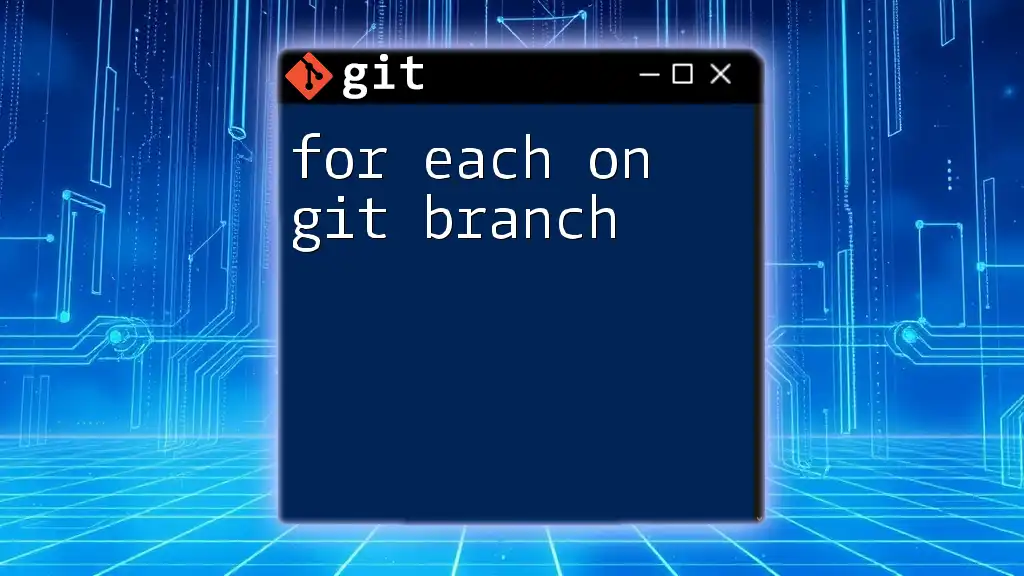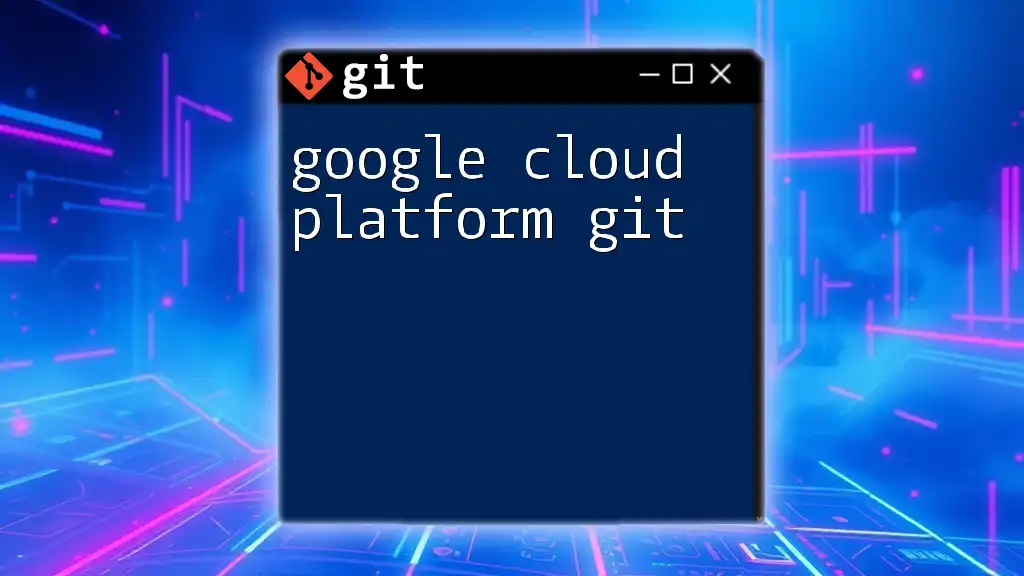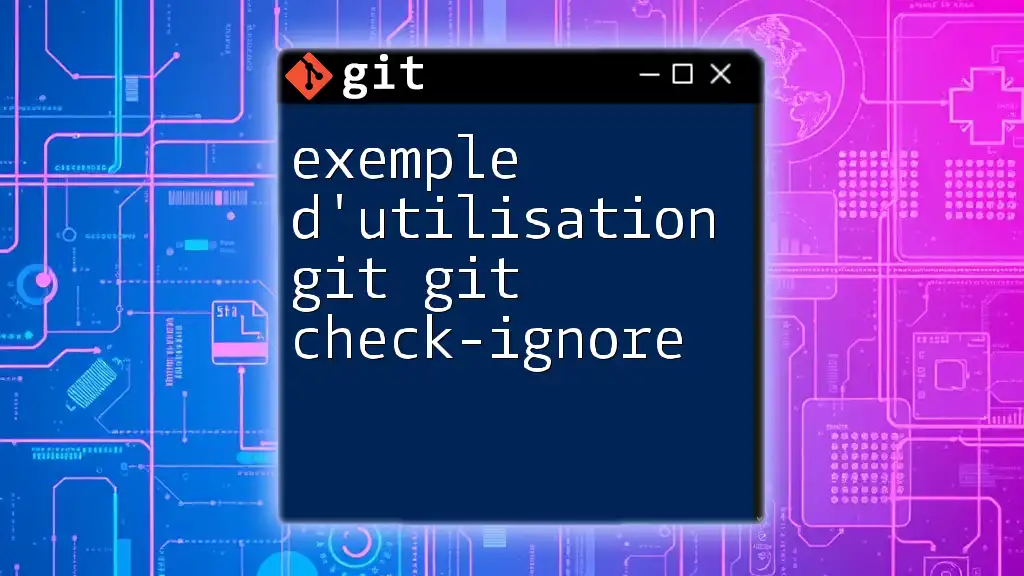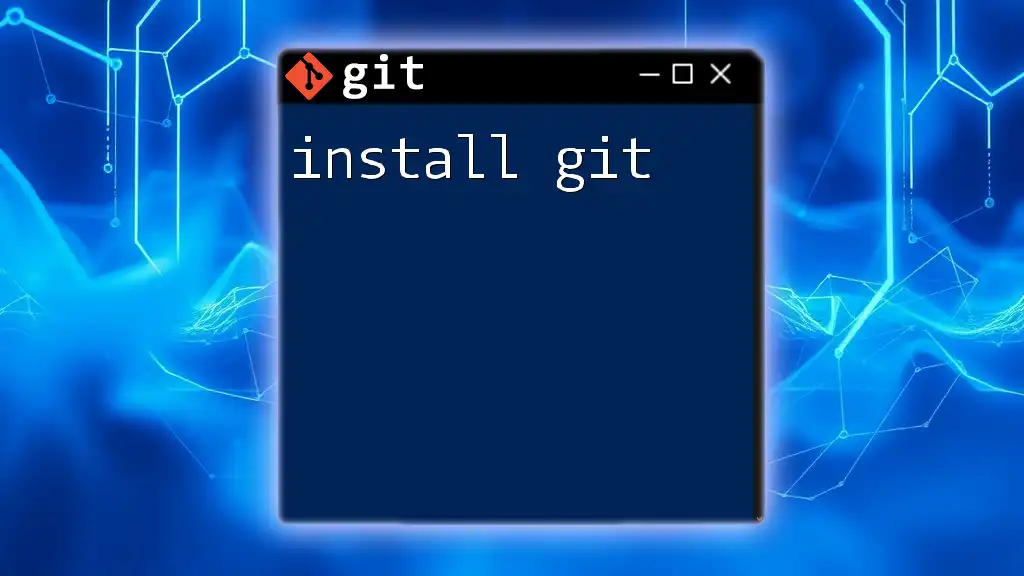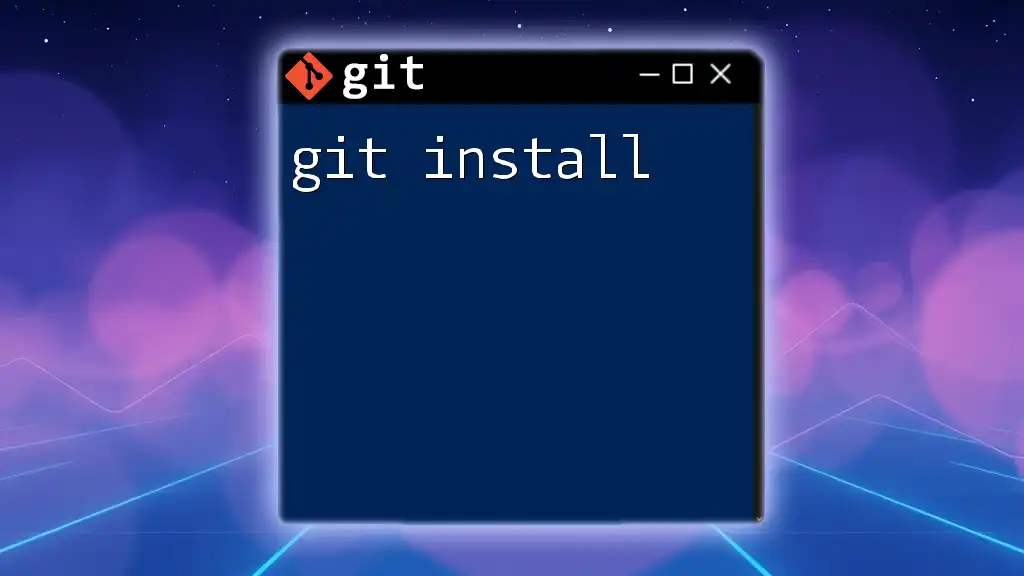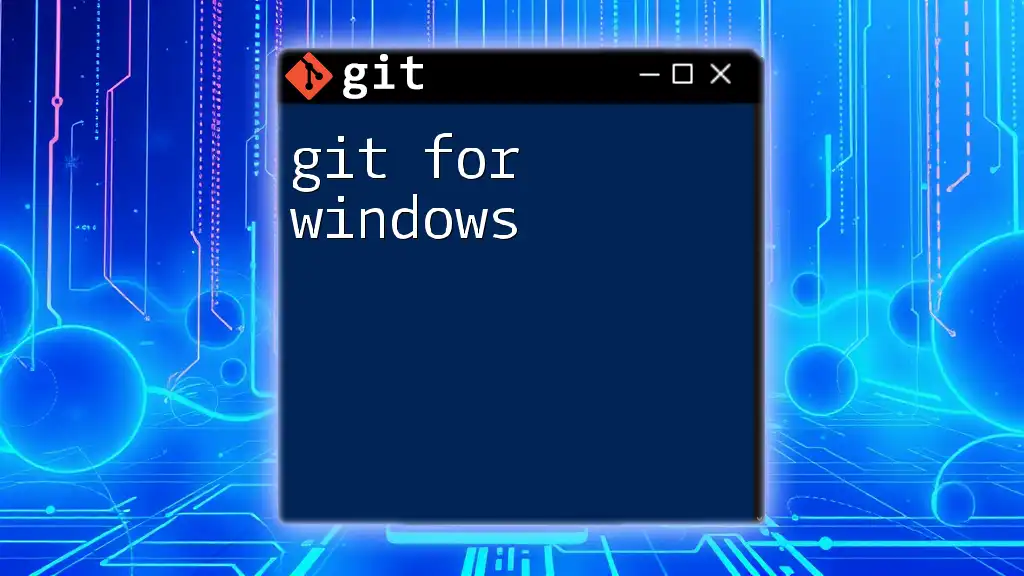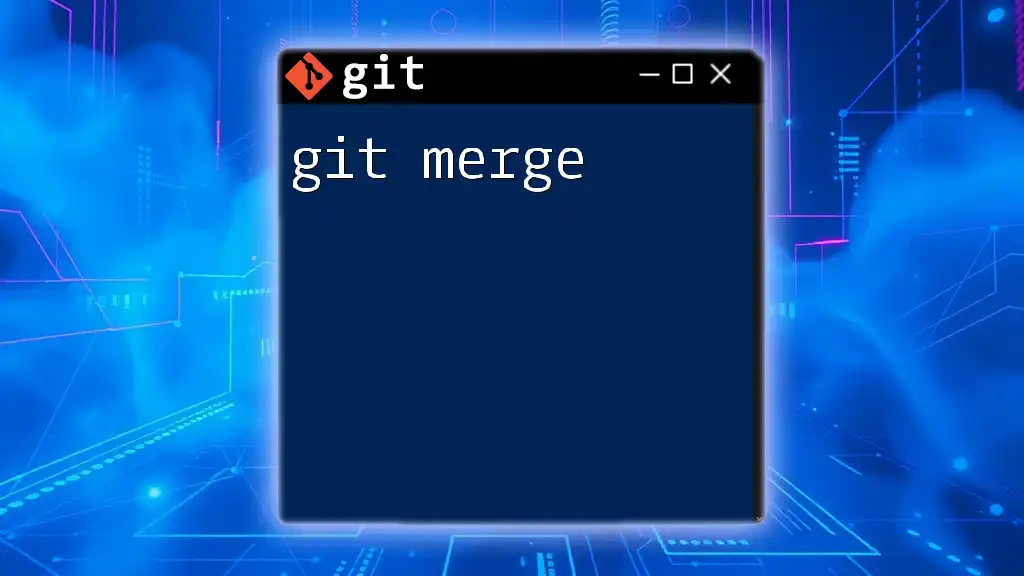"CloudFormation Git Sync is a process that allows you to synchronize your AWS CloudFormation templates with a Git repository, enabling version control and collaboration on infrastructure as code."
Here’s a basic example of how to sync a CloudFormation template to a Git repository:
git add path/to/your/cloudformation-template.yaml
git commit -m "Update CloudFormation template"
git push origin main
Understanding CloudFormation
What is AWS CloudFormation?
AWS CloudFormation is a powerful service that provides you with a simple way to model and set up your Amazon Web Services resources, so you can spend less time managing those resources and more time focusing on your applications. With CloudFormation, you can use code to create and manage a collection of AWS resources, provisioning and updating them in an orderly and predictable fashion. This approach falls under the category of Infrastructure as Code (IaC), providing several key benefits:
- Consistency: Templates ensure that your infrastructure is deployed consistently across environments.
- Automation: Automate the deployment process, reducing human error.
- Scalability: Easily scale applications by modifying the templates.
Benefits of Using CloudFormation with Git
Integrating CloudFormation with Git brings the advantages of version control to your infrastructure management. Here are some major benefits:
- Version Control: You can track changes to your CloudFormation templates, allowing you to see the history of modifications and revert to previous versions if necessary.
- Collaboration: Multiple team members can work on infrastructure changes simultaneously, resolving conflicts through Git's merging capabilities.
- Auditing: A comprehensive audit trail helps you track who made changes and why, enhancing both security and compliance.
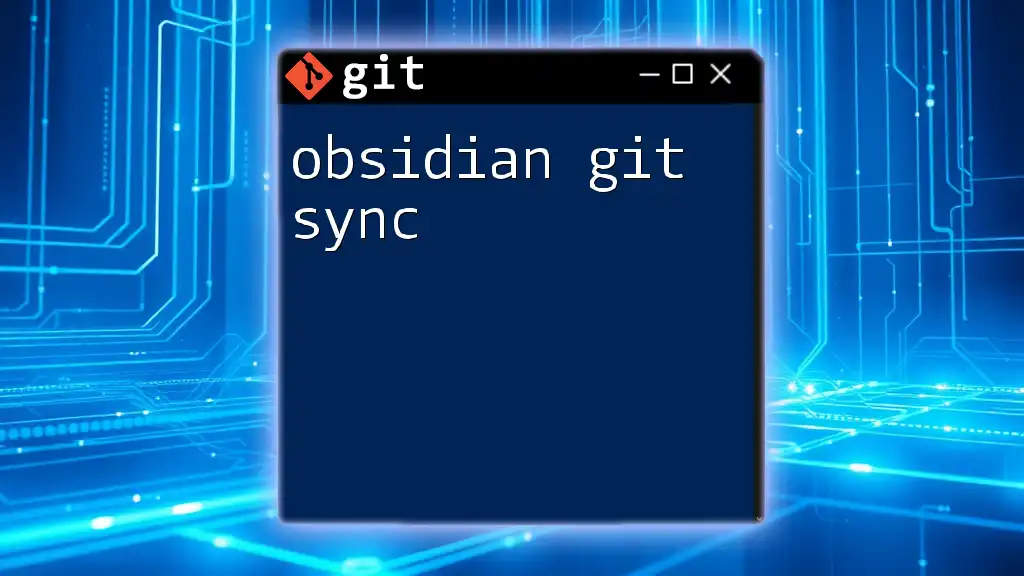
Getting Started with Git
Basics of Git
Git is a distributed version control system that allows you to manage files and collaborate with others effectively. Understanding some key concepts is crucial:
- Repositories: Central storage for your project. It can be local or remote.
- Commits: Snapshots of your project at a given time.
- Branches: Separate lines of development that enable you to work on features or fixes in isolation.
- Merges: Combining changes from different branches.
Setting Up Your Git Environment
To begin using Git, you first need to set up your environment:
- Install Git: It can be installed on any operating system. Make sure to download the latest version from the [official Git website](https://git-scm.com/).
- Initialize a Repository:
git init my-cloudformation-repo cd my-cloudformation-repo - Configure Your Identity: Set your Git username and email, as this information becomes part of your commit history.
git config --global user.name "Your Name" git config --global user.email "your.email@example.com"
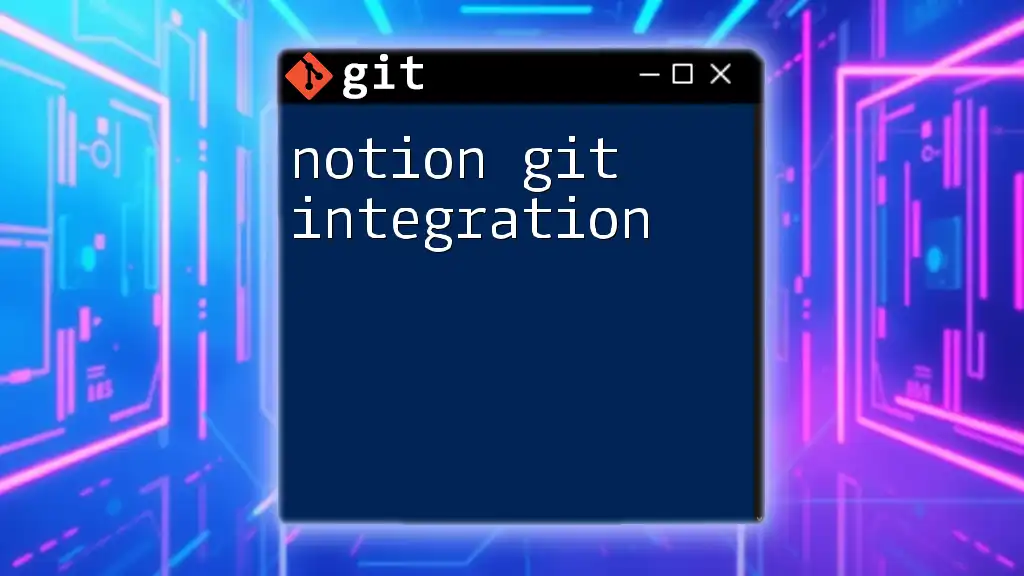
Syncing CloudFormation with Git
Preparing Your CloudFormation Templates
Before starting with Git, it's essential to organize your CloudFormation templates effectively. A suggested folder structure includes:
my-cloudformation-repo/
├── templates/
│ ├── vpc.yaml
│ └── instances.yaml
└── README.md
This structure separates your templates from other project files, making it easier to manage and understand.
Creating a Git Repository for CloudFormation
To sync your CloudFormation templates with Git, follow these steps:
-
Create a New Git Repository:
git init my-cloudformation-repo cd my-cloudformation-repo -
Add CloudFormation Templates: Move your CloudFormation YAML/JSON files to the `templates` folder you created earlier.
Committing Changes to Git
As you make modifications to your CloudFormation templates, you need to commit those changes to Git:
-
Stage Changes: Use `git add` to include the files you want to commit.
git add templates/vpc.yaml -
Create Descriptive Commits: Use meaningful messages to describe what you changed.
git commit -m "Add initial CloudFormation template for VPC"
By summarizing each commit, you make the history of changes clear and easy to follow.
Syncing Updates with Remote Repositories
To collaborate with others or keep your repository backed up, you need a remote Git repository, such as on GitHub or GitLab:
-
Set Up a Remote Repository:
git remote add origin https://github.com/username/my-cloudformation-repo.git -
Push Your Changes:
git push -u origin main
Regularly syncing your changes helps ensure that all team members are working with the latest templates.
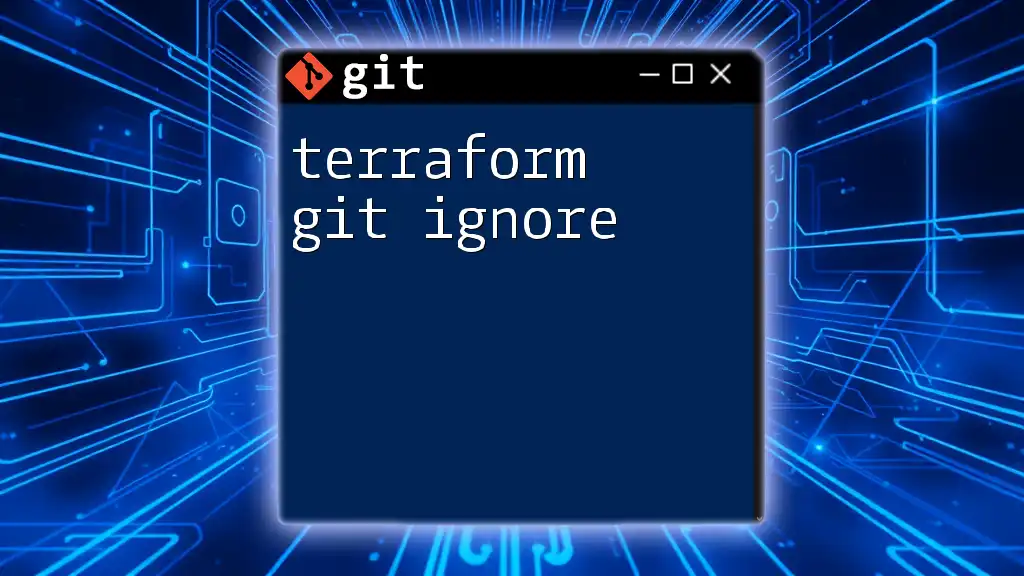
Automating CloudFormation Git Sync
Introduction to CI/CD Pipelines
Implementing Continuous Integration and Continuous Deployment (CI/CD) helps streamline your development processes. CI/CD automates the testing and deployment phases, allowing for more frequent and reliable releases.
Using GitHub Actions for Automation
GitHub Actions provides a way to automate the workflow for your CloudFormation templates. To create a simple automation process for deployment:
- Create a GitHub Actions Workflow: In your repository, create a `.github/workflows/deploy.yml` file:
name: Sync CloudFormation
on:
push:
branches:
- main
jobs:
deploy:
runs-on: ubuntu-latest
steps:
- name: Checkout repository
uses: actions/checkout@v2
- name: Deploy CloudFormation Stack
run: |
aws cloudformation deploy --template-file templates/vpc.yaml --stack-name my-stack
This workflow automatically deploys your CloudFormation stack every time you push changes to the main branch, ensuring your infrastructure is always up-to-date with the latest configurations.
Integrating with AWS CodePipeline
AWS CodePipeline allows for detailed automation when syncing CloudFormation with Git. By integrating CodePipeline, you can establish a pipeline that monitors your Git repository for changes and triggers actions to deploy those changes automatically to AWS.
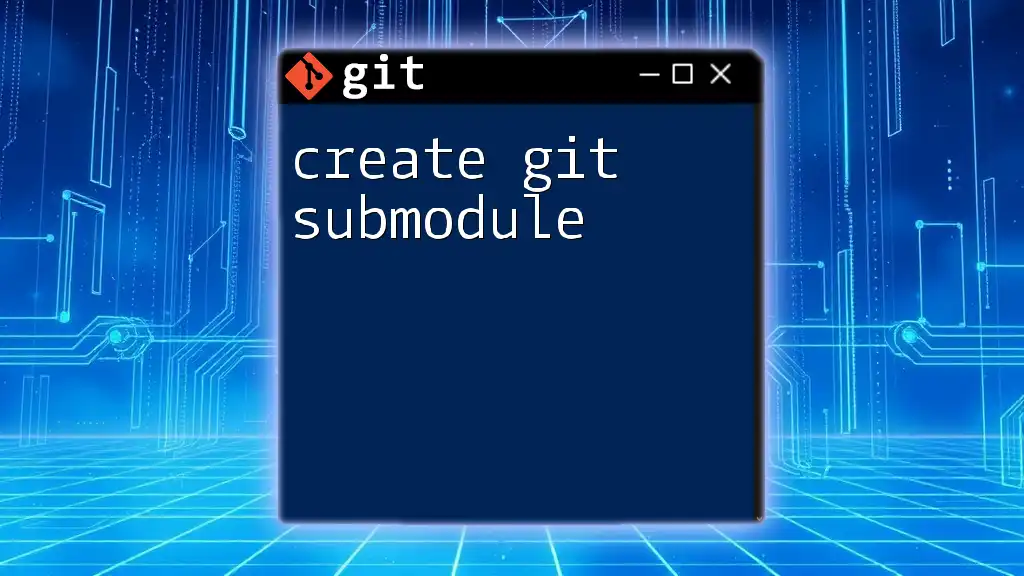
Best Practices for CloudFormation Git Sync
Version Control Strategies
To effectively manage your CloudFormation files, consider adopting these strategies:
- Commit Frequently: Making small, frequent commits helps you track changes more easily and simplifies the resolution of conflicts.
- Use Tags for Releases: Tagging releases of your CloudFormation templates can help you identify stable versions and rollback if necessary.
Documentation and Comments
When working with CloudFormation templates, remember to include documentation and comments. This practice greatly enhances clarity and makes it easier for others (and your future self) to understand the configuration decisions made.
Regular Backups and Rollbacks
Always have a backup strategy in place. Leveraging Git's capabilities:
- Create branches for experimental changes. If they fail, simply switch back to the main branch.
- Use `git tag` to label stable versions of your CloudFormation templates, providing easy reference points for rollback if required.

Troubleshooting Common Issues
Git Merge Conflicts
Merge conflicts can occur when two developers make edits to the same lines in a file. To resolve merge conflicts:
- Identify the Conflict: Git will show you which files have conflicts after attempting to merge.
- Edit the File: Open the file and resolve the conflicts manually.
- Stage and Commit the Resolved File: Use the standard Git commands to finalize your changes.
Template Validation Errors
AWS provides tools to validate your CloudFormation templates before deployment. If you encounter validation errors:
- Use the AWS CLI to validate your template:
aws cloudformation validate-template --template-body file://templates/vpc.yaml
Ensuring that your template is valid beforehand can save you time and frustration during deployment.
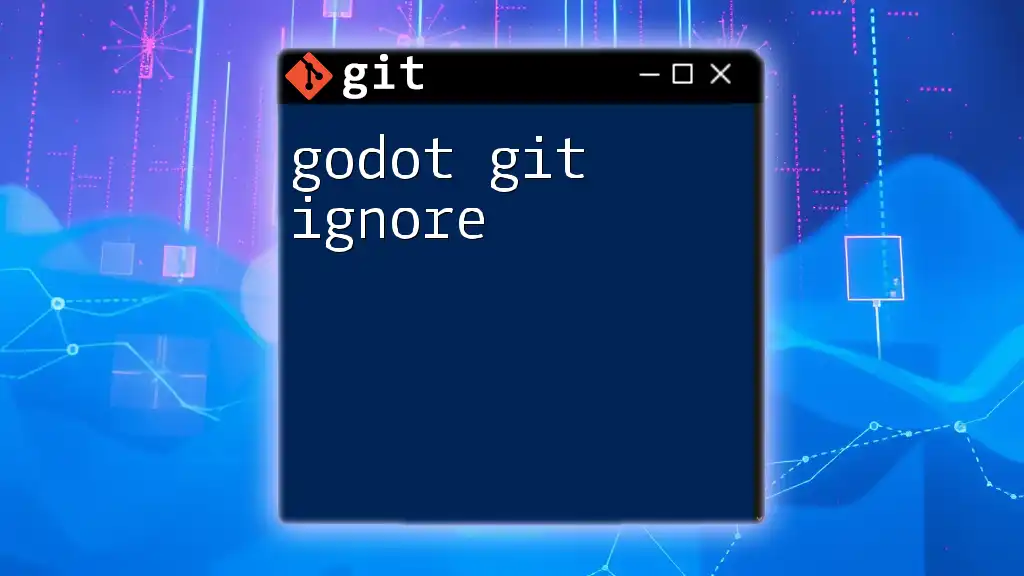
Conclusion
Integrating cloudformation git sync practices into your development workflow is not just beneficial but essential for effective infrastructure management. By leveraging Git for version control, automating deployments with CI/CD pipelines, and following best practices, you can achieve a robust and efficient system that facilitates collaboration, consistency, and agility in managing AWS resources.
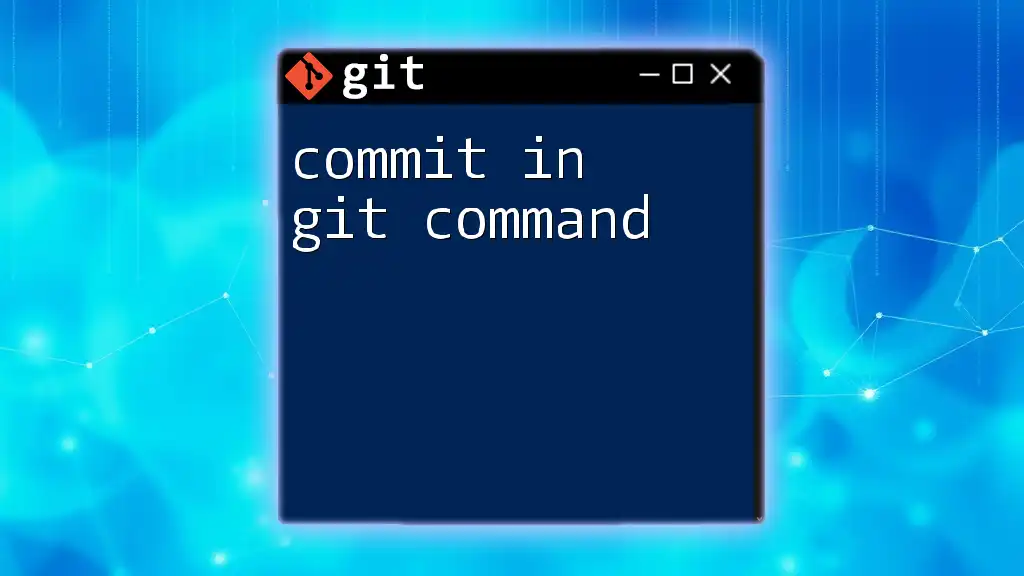
Additional Resources
For further reading and deeper insights on CloudFormation and Git, refer to the following resources:
- [AWS CloudFormation Documentation](https://docs.aws.amazon.com/cloudformation/index.html)
- [Git Official Documentation](https://git-scm.com/doc)
- [GitHub Actions Documentation](https://docs.github.com/en/actions)
With these tools and practices, you are now equipped to manage your CloudFormation templates effectively with Git. Embrace the power of version control and automation!

